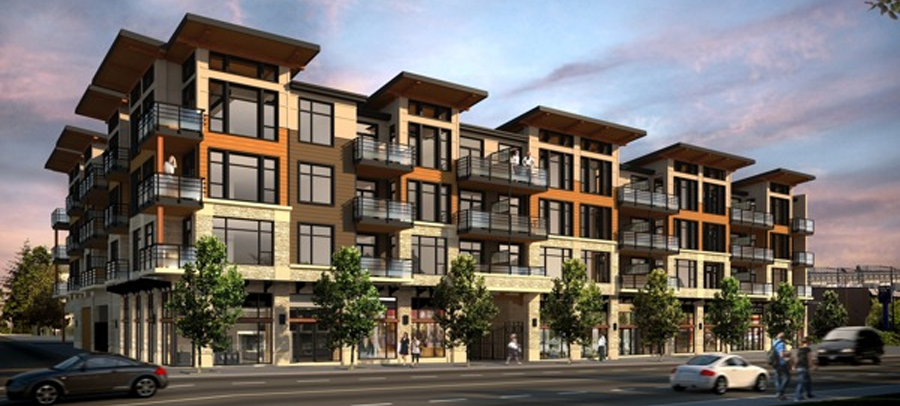Residential and Commercial Leases
The lease or rental agreement is the key document of the tenancy, setting out important issues such as:
- the length of the tenancy
- the amount of rent and deposits the tenant must pay
- the number of people who can live on the rental property
- who pays for utilities
- whether the tenant may have pets
- whether the tenant may sublet the property
- the landlord’s access to the rental property, and
- who pays attorney’s fees if there is a lawsuit concerning the meaning or implementation of the lease or rental agreement
Leases and rental agreements should always be in writing, even though most states enforce oral (spoken) agreements for a certain period. While oral agreements may seem easy and informal, they often lead to disputes. If a tenant and landlord later disagree about key agreements, such as whether the tenant can sublet, the end result is all too likely to be a court argument over who said what to whom, when, and in what context. This is particularly a problem with long-term leases, so courts in most states will not enforce oral agreements after the passage of one year.
Resources
View the following 3rd-party publications about this topic. This will help further introduce the topic allowing us to discuss this matter and its applicability to your unique personal and business matters. This firm does not endorse the 3rd party site and provides it for general reference only.


